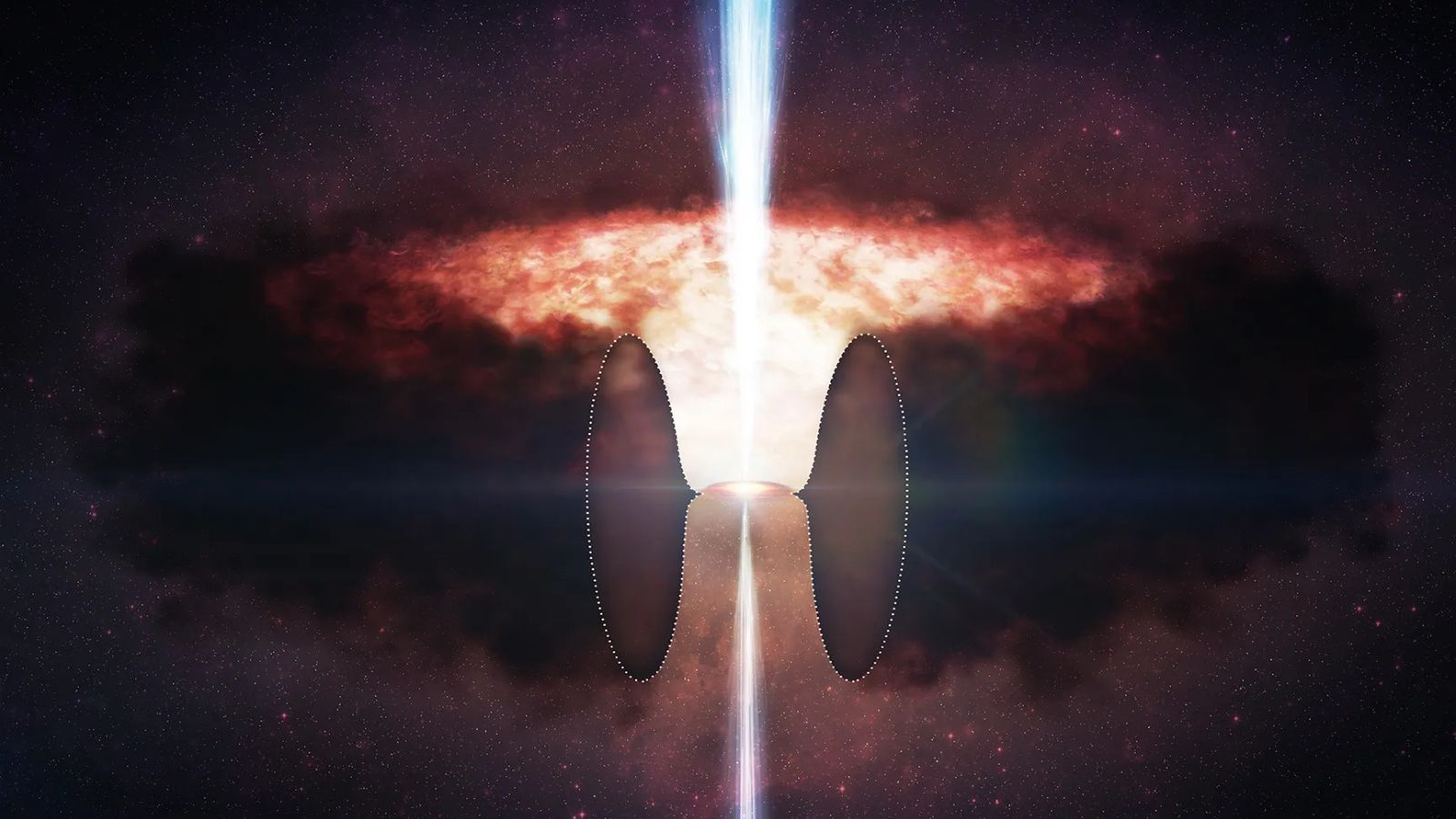Astronomers have recorded what could be the first known case of a massive star exploding while interacting with a black hole, a finding that could potentially lead to the discovery of an entirely new class of stellar explosions.
This star, named SN 2023zkd, was first observed in July 2023 in California by the Zwicky Transient Facility. About 730 million light-years away, in a galaxy with minimal star formation activity, the star was detected using innovative artificial intelligence (AI) technology designed to instantly identify unusual cosmic phenomena. According to a statement, the early warning allowed telescopes in space and around the world to begin observations immediately, capturing the event in its initial stages.
Ashley Villar, an associate professor of astronomy at Harvard University and a co-author of the study, stated, “2023zkd shows some of the clearest signs we’ve seen of a massive star interacting with a companion before explosion. We think this might be part of a whole class of hidden explosions that AI will help us discover.”
Initially, the star appeared to be a typical supernova — a bright flare gradually diminishing over time, signalling the death of a substantial star. However, astronomers observed that it brightened again months later. Historical data revealed that the system’s brightness had been steadily increasing for nearly four years, or 1,500 days, prior to the explosion. Such an extended pre-explosion phase is uncommon and indicates the star was under considerable gravitational stress.
Experts suggest that the most plausible scenario is that the star was caught in the orbit of a black hole. Evidence from light curves and spectra shows the star experienced two significant eruptions in the years before its end, releasing large amounts of gas. The initial light peak of the explosion was caused by the blast wave, while a slower, prolonged collision with a dense, disc-shaped cloud produced a second peak months later.
Over time, the black hole’s gravitational pull may have caused the star to collapse. The team also hypothesises that the star might have been consumed by the black hole before it could explode naturally. In that case, the supernova’s light would have originated from debris colliding with the surrounding gas. Either way, a more massive black hole would result.
SN 2023zkd “is the strongest evidence to date that such close interactions can detonate a star,” said Alexander Gagliano, lead author of the study and a researcher at the Institute for Artificial Intelligence and Fundamental Interactions.
Story continues below this ad
“We’ve known for some time that most massive stars are in binaries, but catching one in the act of exchanging mass shortly before it explodes is incredibly rare.”
The scientists believe these results demonstrate how AI can identify rare cosmic events in time for detailed scrutiny. They also emphasise the importance of future facilities like the Vera C. Rubin Observatory, which can survey the entire southern sky every few nights from its location in the Chilean Andes, over the next decade.
When paired with real-time AI detection, Rubin Observatory’s observations will enable astronomers to better understand the lifecycle of massive stars in binary systems by discovering and analysing more of these uncommon and complex phenomena.
“We’re now entering an era where we can automatically detect these rare events as they occur, not just afterwards,” Gagliano stated. “That means we can finally start linking the way stars live with how they die, and that’s incredibly exciting,” he added.
Story continues below this ad
A report detailing these findings was published in the Astrophysical Journal on Wednesday, 13 August.
© IE Online Media Services Pvt Ltd

